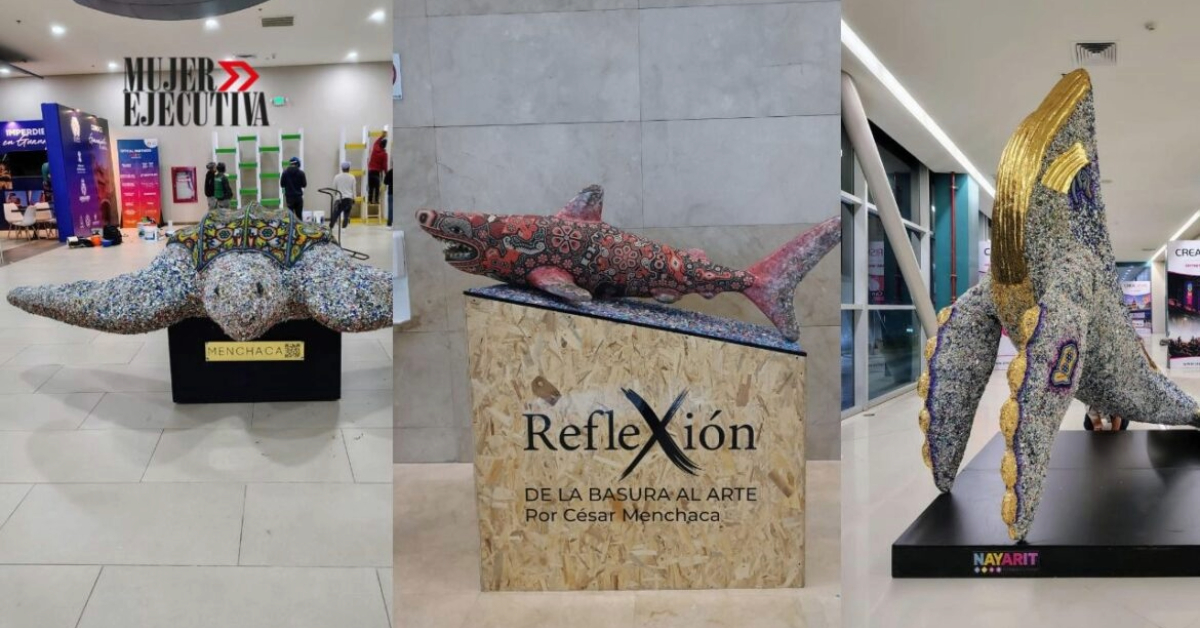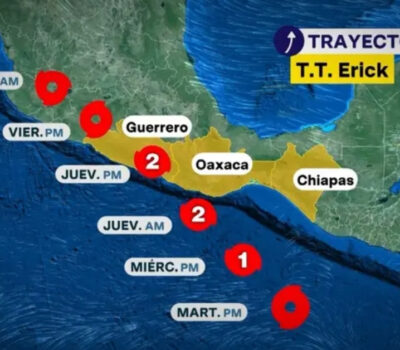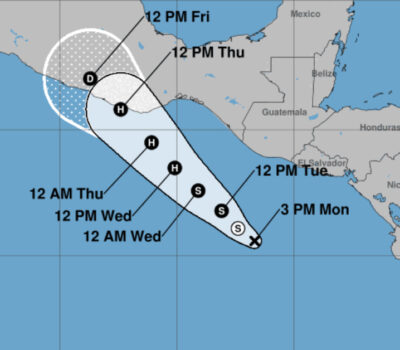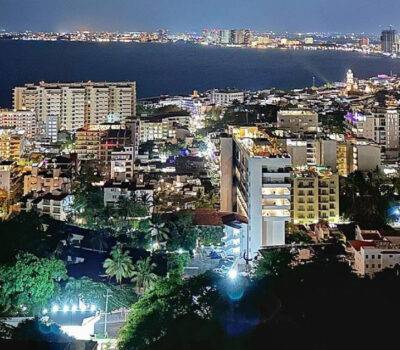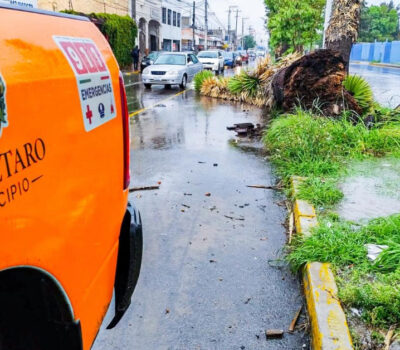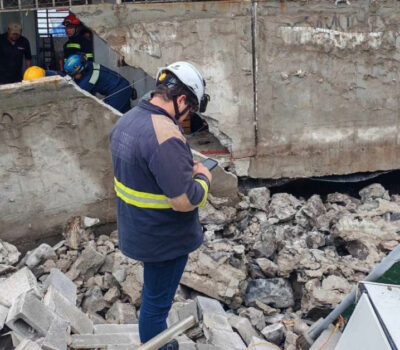Nayarit becomes the first Mexican state to recycle beach plastic into indigenous art for welcome murals, combining environmental action with cultural preservation.
In a groundbreaking initiative led by Governor Miguel Ángel Navarro Quintero, the state of Nayarit has launched a project that merges environmental conservation, indigenous culture, and sustainable tourism. Under the leadership of Juan Enrique Suárez del Real Tostado, Nayarit’s Secretary of Tourism, beach cleanup brigades are collecting plastic waste along the coastline with a visionary purpose: transforming it into public art that reflects the identity and traditions of the state.
The program, developed in collaboration with renowned Wixárika artist and cultural promoter César Menchaca, seeks to create welcome murals and public installations from recycled beach plastic. These artistic pieces will serve not only as visual landmarks across tourist destinations in Nayarit but as symbols of sustainability, indigenous pride, and community-driven environmental action.
Cleaning Beaches, Creating Awareness
“The FIBBA brigade team is dedicated to keeping the beaches of Banderas Bay clean, but they also have an even more important task: raising awareness among tourists and residents about the importance of leaving these spaces just as they found them—clean,” said Suárez del Real Tostado during the kickoff event held at the Bahía de Banderas Trust (FIBBA) beach club and parking area.
Although collecting large volumes of plastic may be challenging due to the consistent upkeep by FIBBA’s dedicated teams, the effort extends beyond cleanliness. It also aims to educate the public and ensure lasting environmental awareness. To that end, an awareness campaign will run parallel to the plastic collection, encouraging both tourists and locals to take responsibility for preserving Nayarit’s natural beauty.
Art With a Purpose
In what is considered a first in Mexico, Nayarit will become the only state to systematically convert collected beach plastic into works of public art. These installations will be designed by master artisan César Menchaca, whose work has been widely celebrated for honoring indigenous cultures and elevating traditional Wixárika motifs to national and international stages.
The first major works are slated to appear at the entrance points to popular tourist destinations throughout the state. In addition, a special exhibition will be installed at Riviera Nayarit Airport, greeting arriving visitors with a striking display that tells a story of environmental commitment and cultural pride.
“These projects go beyond good intentions,” said Menchaca. “They represent action, unity, and the involvement of governments, communities, and artisans. They revalue the art and culture generated by our original peoples—the magic hands of Nayarit presented to the world.”
A Model Expanding Statewide
The plastic collection initiative is already expanding beyond beaches. According to Nayarit’s Secretary of Mobility, Sistiel Karime Buhaya Lora, the next phase involves the state’s highways and roads, including federal and state thoroughfares.
“We’re taking the project to every corner of the state,” Buhaya Lora said. “From public transport systems to intercity highways, and in coordination with the National Guard, this is a project as big as Nayarit itself.”
The collaboration highlights a growing trend toward integrated environmental governance in the state. Also present at the launch was Javier García Bejos, director of Mota-Engil México, a strategic ally in Nayarit’s infrastructure development and tourism connectivity efforts.
Government-Led Commitment to the Environment
The beach cleanup event and plastic art initiative are part of a broader series of ecological and cultural projects spearheaded by Governor Navarro Quintero. Just days earlier, the governor led a cleanup and sanitation effort along the Mololoa River, demonstrating his administration’s commitment to addressing environmental issues as both ecological and social challenges.
“This project not only represents an environmental action, but a social commitment and demonstration of coordinated work that distinguishes Nayarit,” said the governor.
The cleanup event included tours through several coastal towns—Cruz de Huanacaxtle, Sayulita, and Rincón de Guayabitos—regions that will soon feature welcome murals created from the collected plastic. Each mural is expected to embody the character and heritage of the local community, serving as an artistic reminder of the state’s collective responsibility to preserve its environment and honor its indigenous roots.
A Blueprint for Sustainable Tourism
As mass tourism continues to place pressure on Mexico’s coastal states, Nayarit is setting a precedent by turning environmental stewardship into a cultural opportunity. By using the very plastic that pollutes its shores as a raw material for indigenous-inspired public art, the state offers a creative and symbolic solution that could become a model for sustainable tourism nationwide.
With support from state institutions, artisans, private partners, and local communities, Nayarit is reshaping its tourism identity—one mural, and one piece of recycled plastic, at a time.
Nayarit becomes the first Mexican state to recycle beach plastic into indigenous art for welcome murals, combining environmental action with cultural preservation . . .

